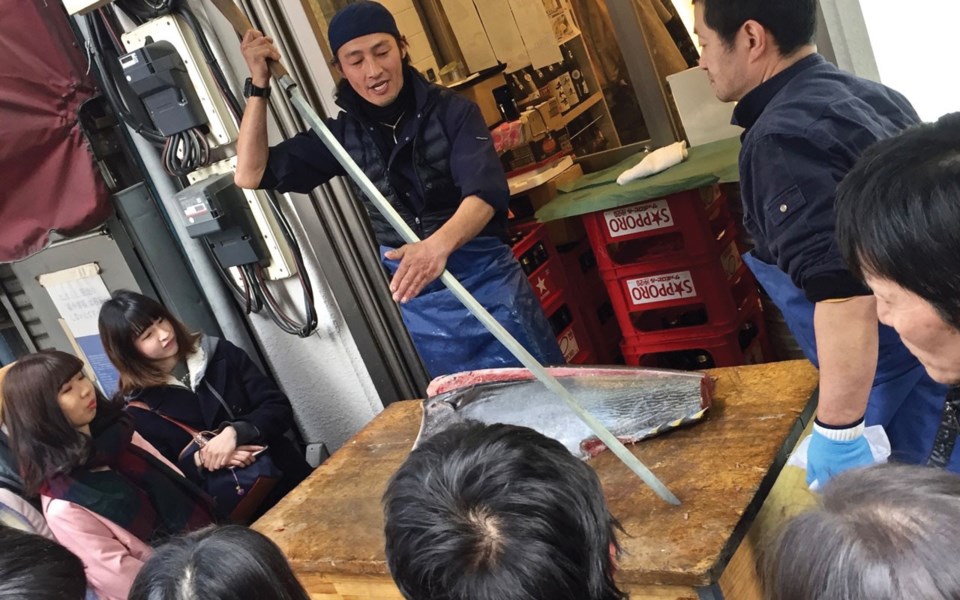
One of the benefits of going skiing in Japan has nothing to do with skiing. It is that you must invariably funnel through the labyrinth of Tokyo, a place which, like an unknown mountain, challenges at every turn.
How much so? Enough that on previous trips to Japan I was happy to be in a group that had most of its in-country travel, accommodation and meals organized by "fixers"—Japanese ski-industry insiders or companions who could navigate the country's intricacies and, most importantly, speak the language. If you were lost in Tokyo 20 years ago, finding someone who spoke English was a rarity; someone who spoke and understood it a virtual impossibility—despite a litany of memorable Jinglish that sought to capture Western cachet: Don't worry, be smile (restaurant table card); The Wildnature Glow Up the Land (National Park bumper sticker); and, best of all, Seeking their own personality, it is good to be sticky about things, isn't? Glittering curiosity (t-shirt).
Despite their inherent perplexities, you could divine the intent of these expressions, and the embarrassment of being unable to reciprocate (North Americans generally don't know a lick of Japanese beyond ichiban or the name of their favourite sushi restaurant—often one in the same) meant these would suffice as de facto communication. Things have changed: English is more common and the Interweb makes pre-organization and navigating Tokyo much more manageable.
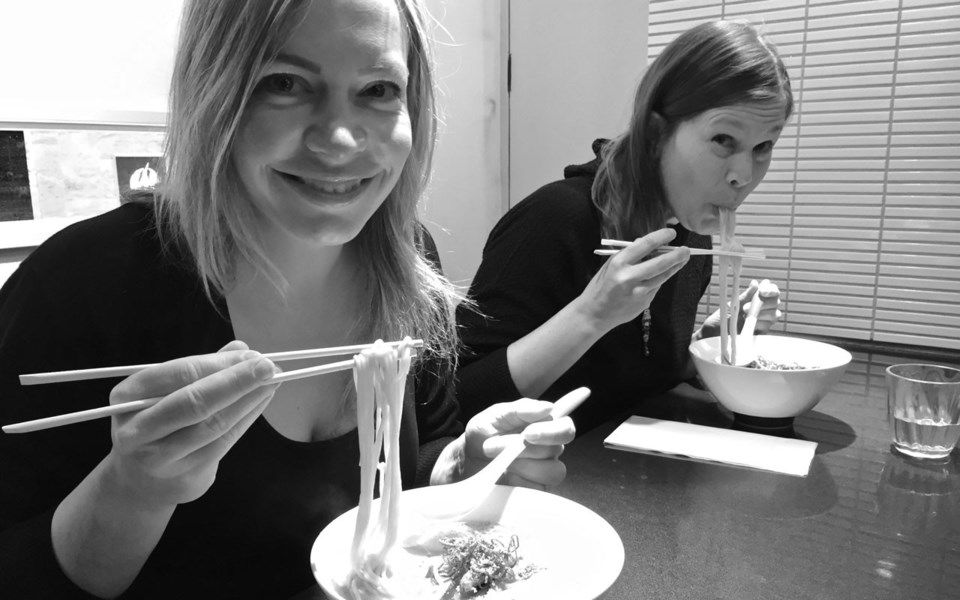
Nevertheless, Tokyo is still a place to be reckoned with; embracing the world's largest urban centre and its population of 36 million is a worthy test of worldliness. And not just because the range of modern-versus-traditional contrasts and bizarre sensibilities the city contains (e.g., a latest craze is go-karting on downtown streets in animal costumes) make it one of the strangest places on the planet. It's more because those same things make it one of the most fascinating places on the planet.
On our ski trip to Hakuba, we added three days in Tokyo at the end, believing it better to sate snow lust first. Incoming, for expediency, we'd taken an expensive but reliable service from Tokyo's Narita airport to Hakuba but sought something more direct—and affordable—on the return. So, with our ski week over, we'd hopped a bus from Hakuba to the Nagano train station, an hour and change distant, then boarded a shinkansen (high speed train) for Tokyo Station, central hub of Tokyo's daunting weave of subway and train lines. Located in the prestigious Marunouchi business district close to the Imperial Palace, we'd return to the area on our final night for a Lost in Translation-style evening eating shabu shabu hot pot and trolling penthouse bars, but for now we were intent on reaching the home we'd rented through Trip Advisor in northerly Sugamo District.
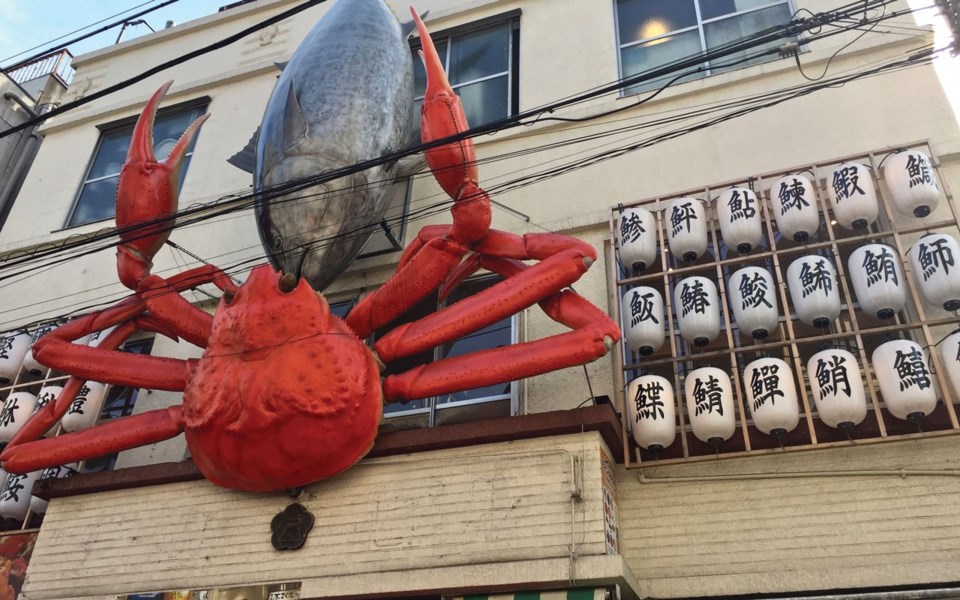
We found our quaint little traditional house after a short walk through back alleys and a busy graveyard populated by wooden spirit wands that clacked in the wind, people riding bicycles to and from work, and uniformed schoolchildren toting enormous backpacks. Among the attractions we could walk to were a street market, a high-end onsen (no tattoos allowed!) and a Michelin 3-starred Ramen Shop (amazing!).
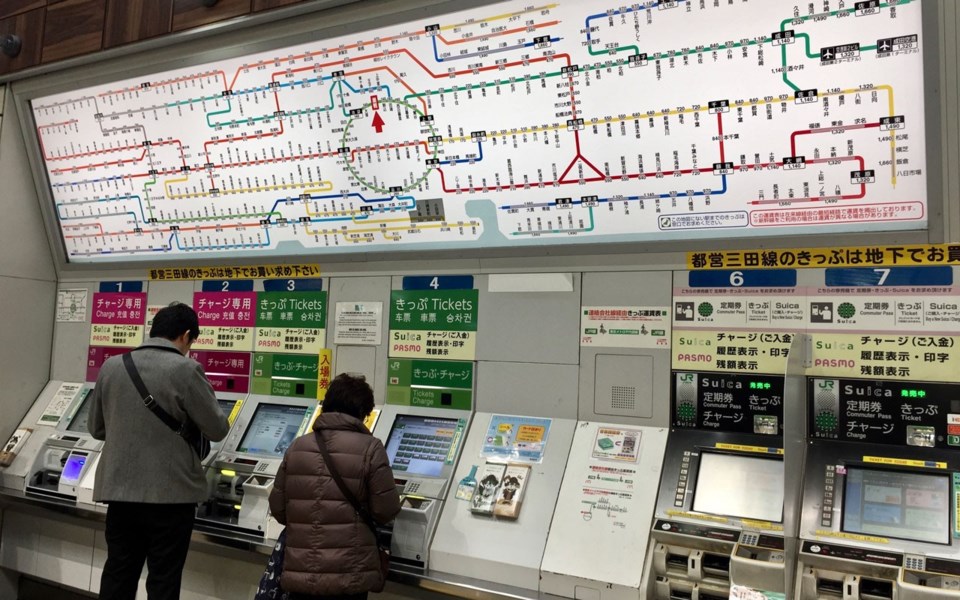
Tokyo is a walking city, but mastering the subway is key to doing so. The circular Yamanote Line is the city's most important, connecting major centres of business, shopping and entertainment: Shinjuku Station (Japan's busiest); Harajuku Station (reinforcing the modern-traditional contrast, also the main entrance to famous Meiji Shrine); and Shibuya (with its mind-boggling five-way pedestrian exchange below towering electronic billboards).
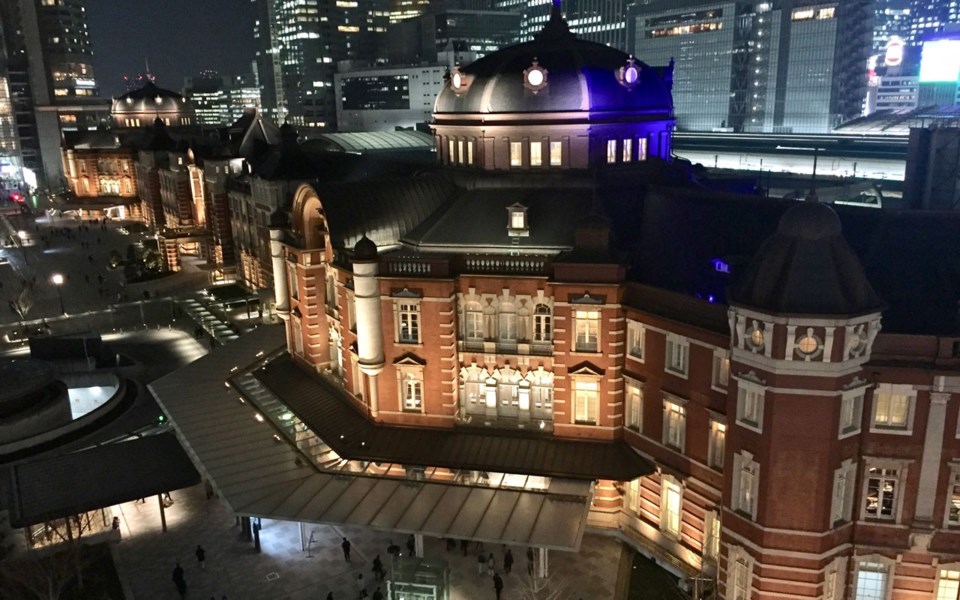
At Ueno Station you can catch a shinkansen to northern Japan, stroll colourful Ameyoko shopping street, or tour massive Ueno Park. Originally part of Kaneiji Temple built by the ruling Tokugawa clan during the Edo Period, Ueno Park today is one of Tokyo's most popular cherry blossom spots (more than 1,000 trees line its central pathway) and home to the Tokyo National Museum, National Museum for Western Art, Metropolitan Art Museum, National Science Museum, and a zoo. It takes days to see it all. A 20-minute walk from Ueno gets you to Kappabashi Street (a.k.a. "kitchen district"—marked at one terminus by a giant chef's head), lined with specialized stores for dishes, pots, kitchen décor, plastic food displays and, of course, Japanese knives—a main reason for visiting being to arm yourself with perfectly forged steel and maybe have your name engraved on it.
Sure you'll be steered to the noted tourist sights, but there's still plenty of discovery to be had. On our random, winding walk to Kappabashi we found the tiniest and best coffee shop ever, a traditional knife sharpener working over his wet stone, and Japan's first craft nori shop, run by a family that has farmed seaweed in Kawasaki since 1937. And after gorging ourselves at Tokyo's famed Tsukiji fish market one morning (a must do, despite the fact it's as touristic as Whistler's farmers' market), we stumbled onto the Suntory Museum of Art's "Nothing Escaped his Brush," by one of Japan's most historically important artists, Kawanabe Kyosai—an absolutely stunning exhibition.
Skiing Hakuba had been great, but three days walking Tokyo had delivered a whole different kind of deep.
Leslie Anthony is a Whistler-based author, editor, biologist and bon vivant who has never met a mountain he didn't like.



